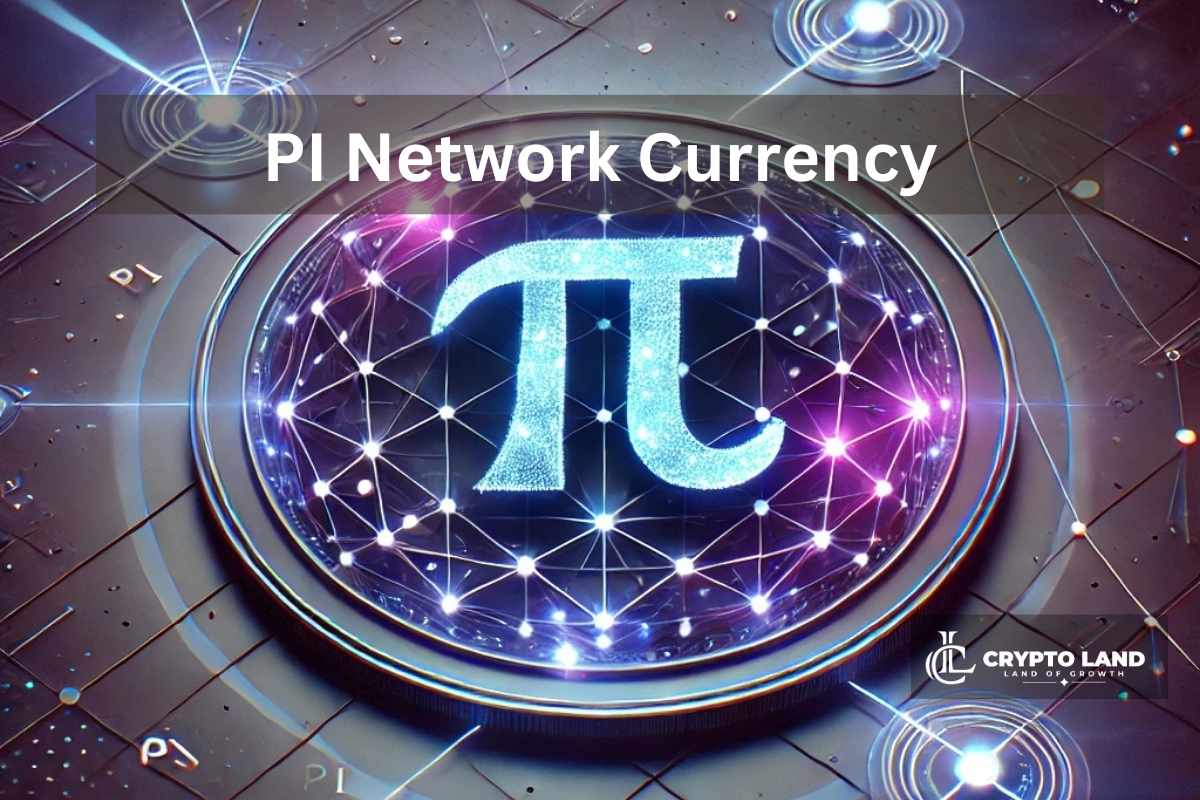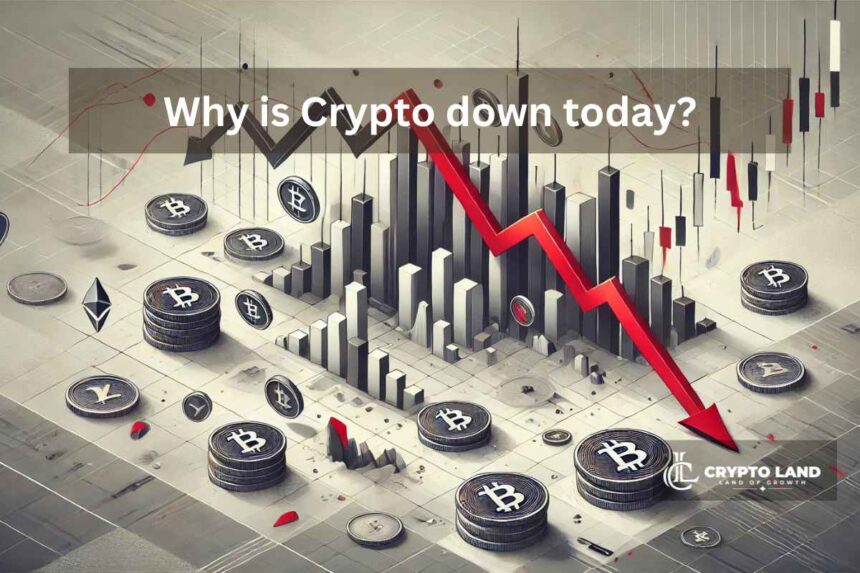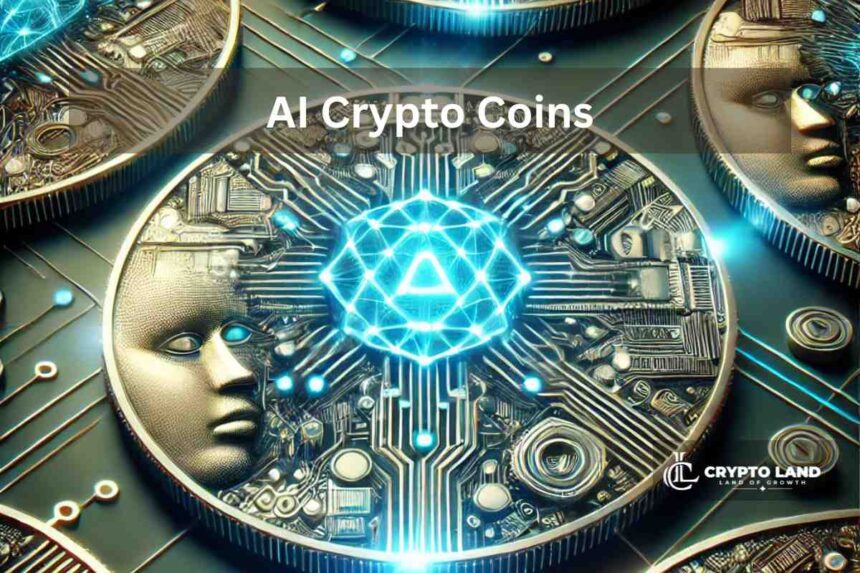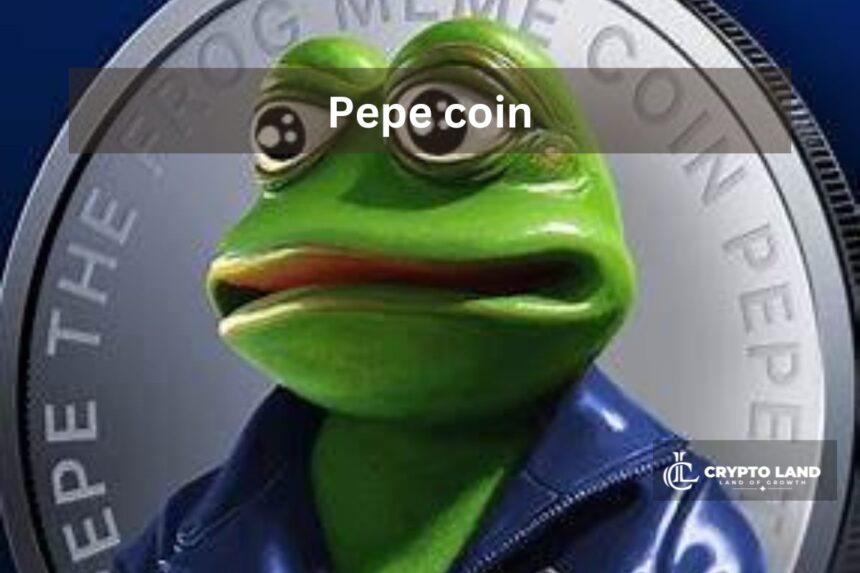Key Insights
- The Pi network’s mainnet eventually launched after six years of delays.
- This means that investors who participated in the earlier mining phase can now migrate their tokens to the mainnet and sell.
- The cryptocurrency started at a floor price of $2 on OKX but has since declined to $1.6.
- Investors must ensure to complete their KYC requirements before moving their tokens.
- The Pi network has a bright future ahead of it but will need positive investor sentiment and widespread adoption to stay afloat.
The long-awaited Pi Listing is finally here, as the cryptocurrency is now available on major exchanges.
After years of development, delays, investor frustration, and a closed testnet, anyone can now buy Pi on the spot market.
The 20 February listing marks a key milestone in the Pi network’s transition into an open network.
However, this event has also come with massive price volatility.
The crypto world continues to watch closely, especially as questions continue to arise about Pi’s future, how ready it is for the market, its long-term value—and whether or not it is too late to get into the market.
PI Token Goes Live on OKX and Other Exchanges
The Pi Network’s Pi token is now available for trading on OKX, one of the leading crypto exchanges.
The announcement came via the official Pi Network X (Twitter) account, which confirmed an initial floor price of $2 per Pi on OKX.
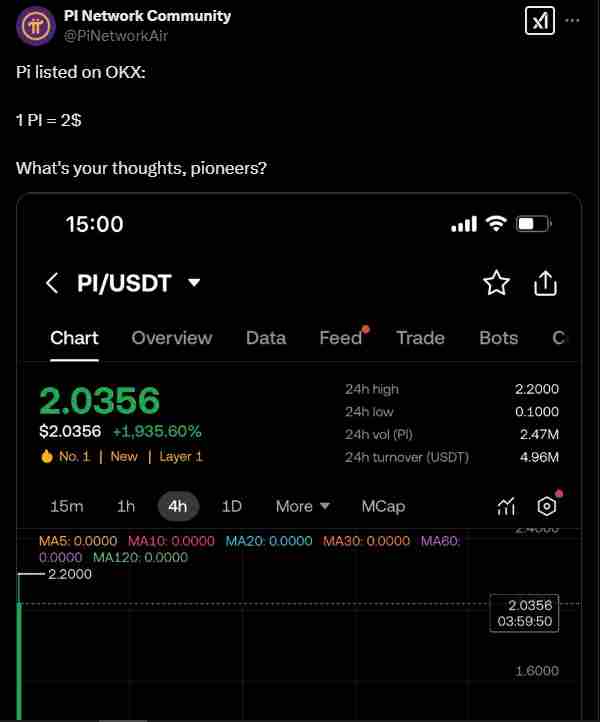
Other exchanges like Gate.io, Bitget, and CoinDCX, have also listed the cryptocurrency, which means that it is now more accessible to investors who might have missed out on the early mining opportunities.
The listing is expected to boost the cryptocurrency’s listing and mainstream adoption. However, the excitement over the last day has been met with some challenges.
Upon listing, the cryptocurrency climbed by around 10%, before dropping by a harsh 21%.
This movement in price shows the uncertainty around the market stability of this new cryptocurrency.
The recent price movement has also led many analysts to question whether the network is ready for full open trading.
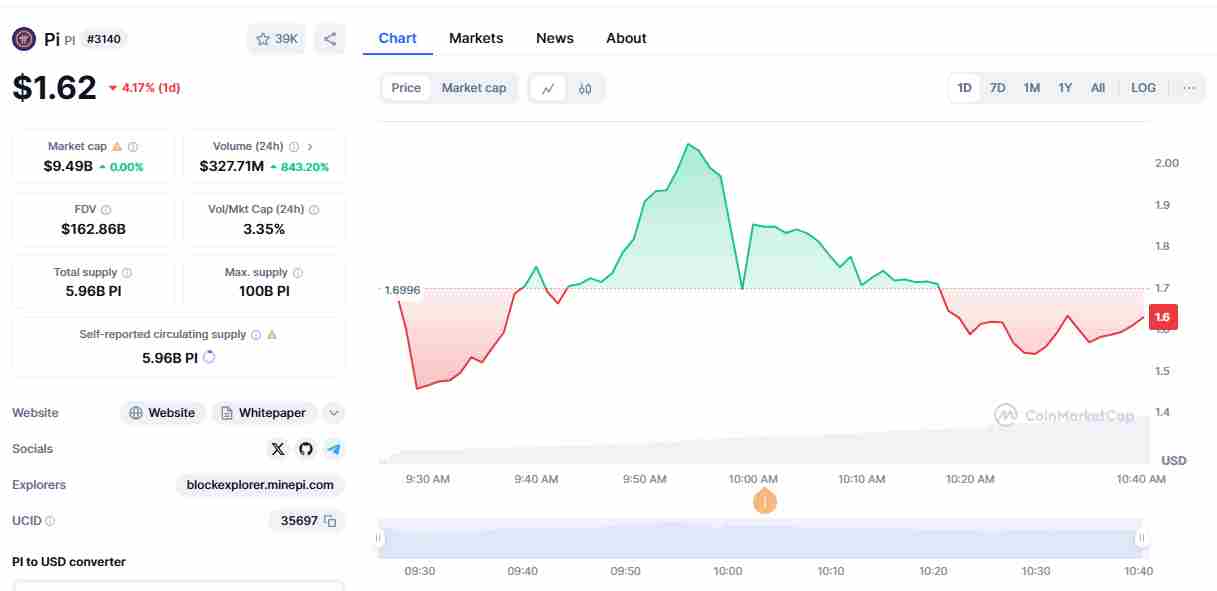
According to data from CoinMarketCap, the cryptocurrency now trades at a current price of $1.62, which stands at a decline of around 5% from its intra-day high.
A Big Step in Pi Network’s Open Network Transition
As mentioned, the listing coincides with the Pi network’s shift to the Open Network phase.
This means that the network now allows transactions beyond its closed ecosystem.
The transition has always been crucial for the project’s long-term vision of creating a decentralized economy.
It also means that Pi Coin can now be used for everything from real-world transactions, payment for services, or hosting real-world decentralized applications.
The Pi network operated as a closed system for years, allowing users to mine Pi on their smartphones without needing expensive hardware.
This approach to crypto mining was the source of the Pi Network’s massive user base, even despite dismissal from critics as an “overhyped” project.
Now, with the Open Network in motion and the price of the cryptocurrency in active trading, the core development team is on a mission to improve the legitimacy and use case of the cryptocurrency.
Mainnet Launch and What It Means for PI Holders
As it stands, over 10 million users can now migrate their mined Pi from the testnet to the mainnet and engage in real transactions.
This development also allows users who have completed their Know Your Customer (KYC) requirements to transfer their tokens via the same channel.
Users who have yet to complete the required steps must remember that KYC verification is a requirement.
A lack of KYC registration will lead to restrictions in transferring Pi externally, and users might lose access to their mined tokens if the verification remains incomplete.
The Pi team has extended the deadline for KYC to 28 February, leaving more time for users to comply.
Can You Still Buy Pi Coin?
If you weren’t part of the earlier Pi mining phase, the door for investment still remains open.
Investors can grab some of the cryptocurrency through exchanges that have listed it, including OKX, Gate.io, Bitget, or CoinDCX.
Here’s a step-by-step guide to getting started:
- Choose an exchange from any of the aforementioned, and sign up.
- Most exchanges require some form of KYC to access their services, so ensure to complete the KYC verification.
- Deposit funds via stablecoins (like USDT or USDC) or via fiat (USD, INR, etc)
- Head over to the Pi Spot page and place a buy order. Consider purchasing at the current market price, or setting a limit order for better pricing.
- Store your Pi securely in a wallet, whether on the exchange or in a private wallet that supports the cryptocurrency.
Will Pi Network’s Open Network Succeed?
It is still too early to tell whether or not the Pi Open Network will succeed. However, its future will depend on several factors like Adoption and Real-World Usability.
The Pi network needs to build an ecosystem where developers and businesses can actively use Pi for transactions.
There are currently only 20 mainnet apps deployed. However, there is much room for improvement.
Another factor that might determine the project’s long-term success is the exchange listings and market demand.
More exchange listings will provide liquidity for Pi, especially if a major platform like Binance or ByBit jumps on the train.
Moreover, the more users who successfully migrate to the mainnet and complete KYC, the stronger Pi’s foundation will be.
Finally, much of the Pi network’s success depends on its price performance.
Considering how new the cryptocurrency is, much volatility is expected. However, the long-term value of the ecosystem as a whole, will depend on $PI’s use cases and investor sentiment.
Is It Too Late to Get Into Pi?
The Pi network is now at a critical phase with the mainnet open. While earlier adopters have the most advantage, new investors aren’t completely left out.
As it is with any crypto investment, new investors must remember the importance of proper research to understand the risks of investment.
Furthermore, it is advisable to wait for the current price action to cool down before getting into the market as a short to medium-term trader.
If the Pi network delivers on its vision of a decentralized economy, Pi could mature into a valuable asset.
Overall, the coming months will determine whether it is another crypto breakthrough or otherwise.


